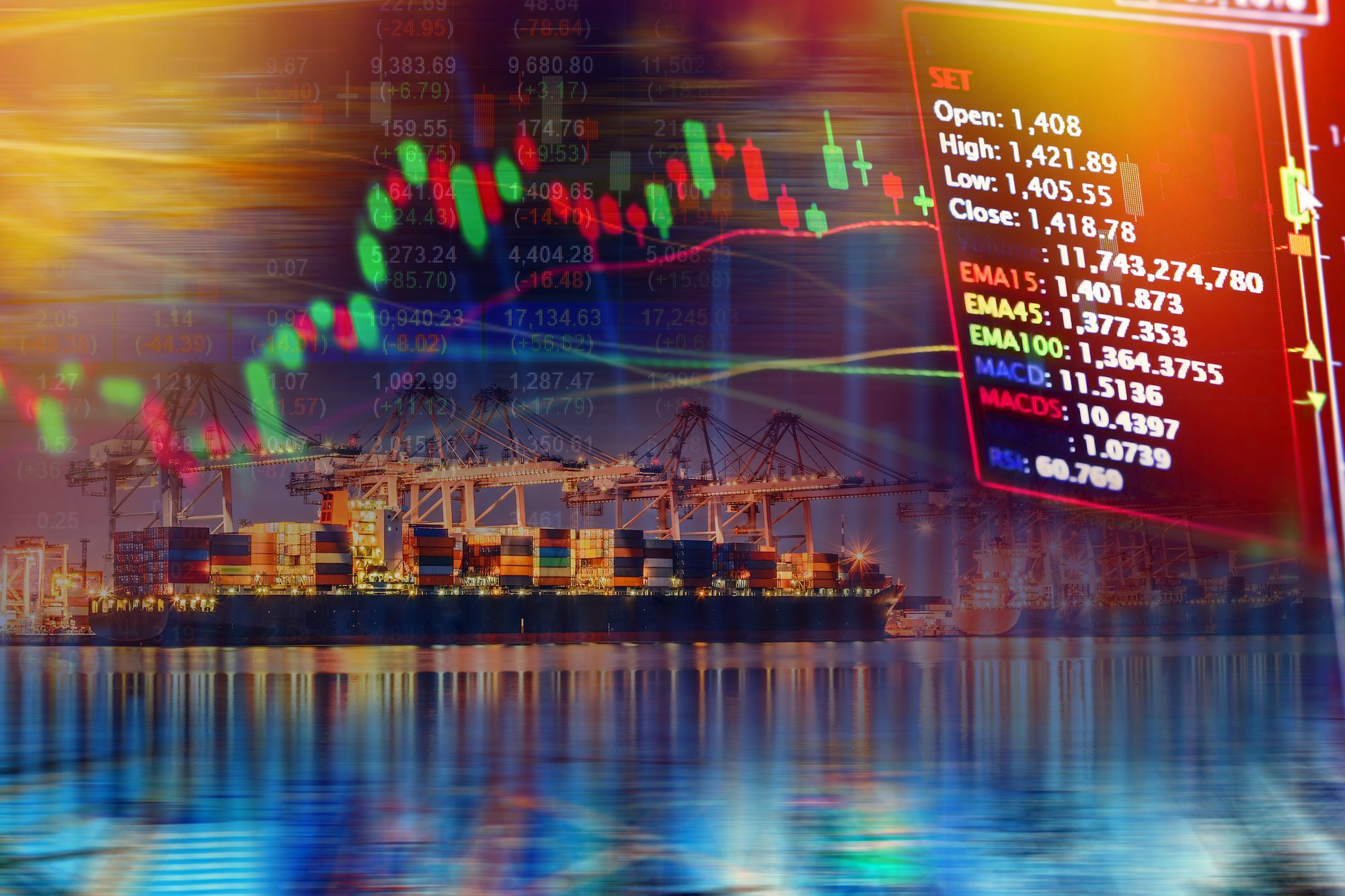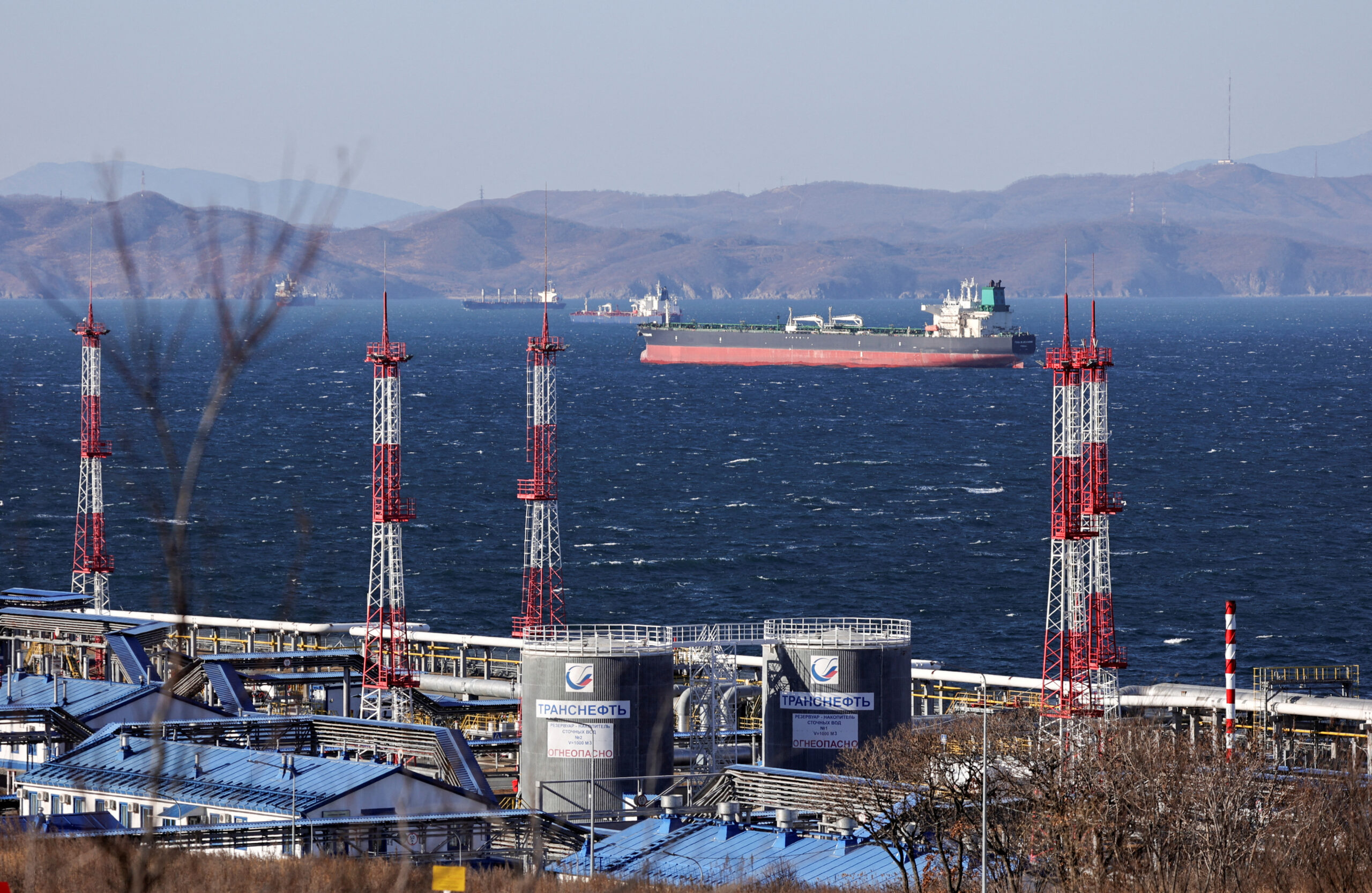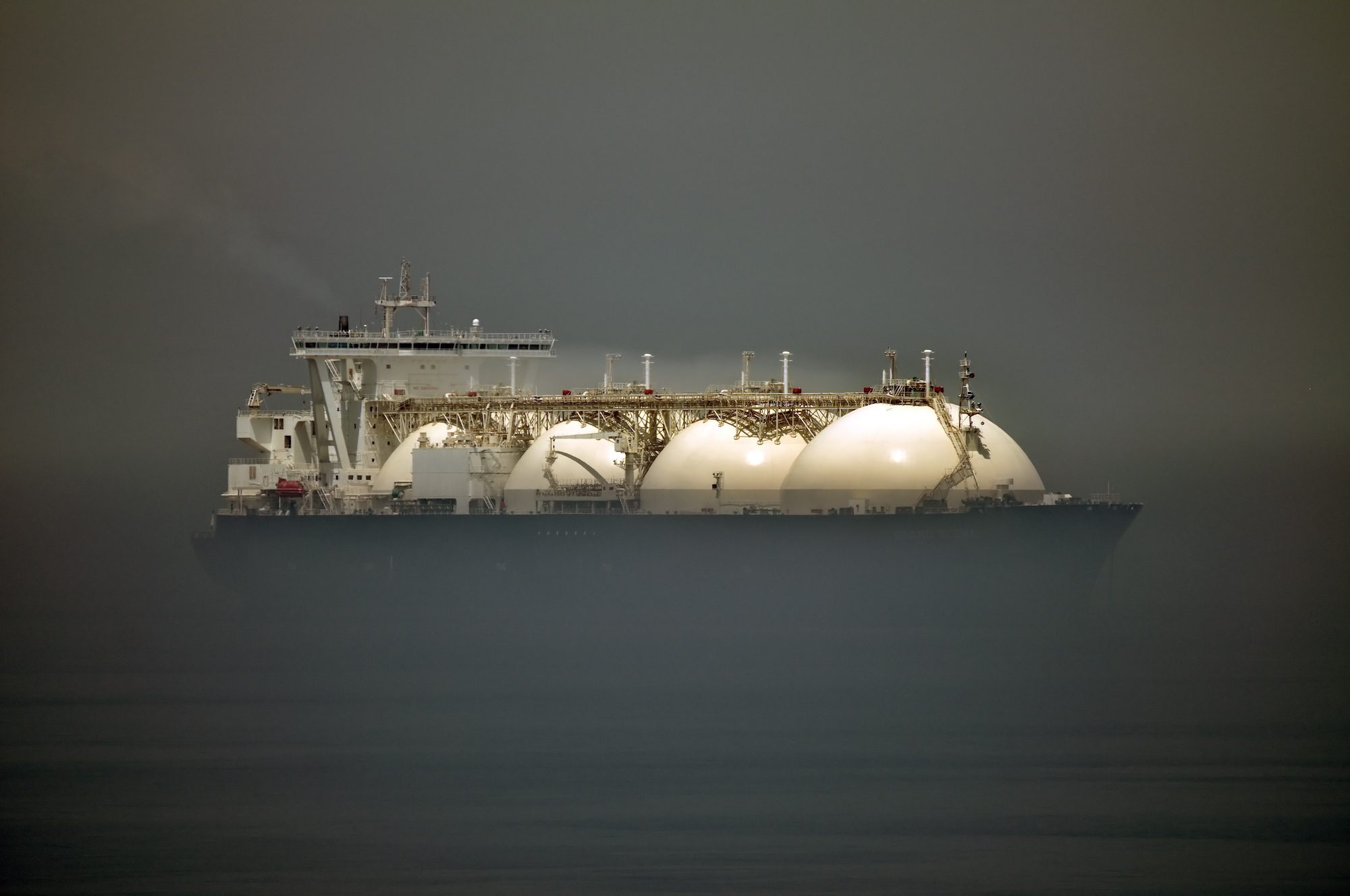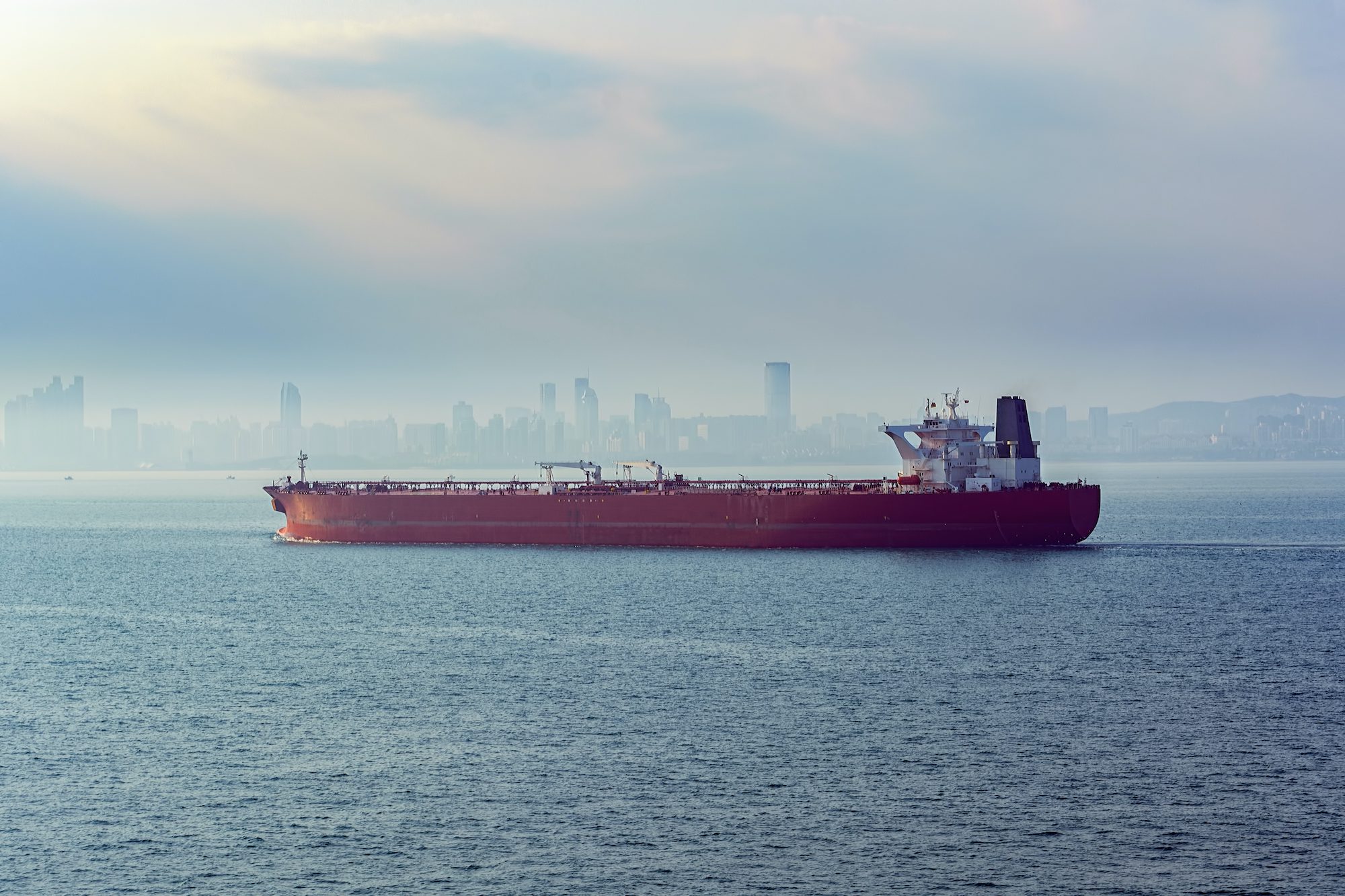Wall Street investors are seeing an Initial Public Offering (IPO) that may be directed at a shipping investment. “May be directed” is not a typo. A new company, Blue World Acquisition Corporation, is raising $80 million, in a Special Purpose Acquisition Company, better known as a SPAC. The units are expected to trade on the Nasdaq Global Market (“Nasdaq”) under the ticker symbol “BWAQU”.
SPAC’s are sometime called “blank check companies” because they raise money from investors, and then go looking for target company (not known at the time of the capital raise, if the rules are being followed) to merge with. In this case, 21 months is allotted for getting a deal done- in essence bringing a private company (the target) into the public markets (via the listed SPAC).
Blue World, underwritten by New York based Maxim Group (no stranger to the world of shipping-related securities offerings) was “…formed for the purpose of entering into a merger, share exchange, asset acquisition, share purchase, recapitalization, reorganization or similar business combination with one or more businesses or entities, which we refer to as a ‘business combination.’ “
All of that is pretty standard SPAC language. Blue World’s management team is comprised of a group of Asia-based finance industry veterans, with a sprinkling of cruise and hotel expertise, which comports with the company’s intended areas of focus as it seeks a merger partner; “The Covid-19 pandemic has created rare opportunities in the marine leisure, cruise, marine infrastructure and engineering, general hospitality, travel and tourism, marine services, logistics and supply chain, offshore energy solutions and related industry segments we intend to focus on. These industries are in various stages of pause, are experiencing significant disruption, challenges and/or going-concerns, and are struggling to reopen globally and to restore the operation and liquidity of all market participants.”
The description, in registration documents, continues: “We are not limited to a particular region for purposes of consummating an initial business combination, however, we may focus on targets that, regardless of geographic location of operations or corporate offices, have viable synergies with the Asia Pacific and the U.S. markets for the above industry segments, either physically or virtually.”
Their registration materials provide a further clue as to where Blue World might go looking for a merger partner, stating that: “We can identify opportunities and synergies in existing businesses that these businesses do not see themselves because of their limited regional worldview.”
An intra-Asia cruise operation might fit nicely into that mold.
Investments in China-centered business are outside Blue World’s ring fence, with regulatory documents stating that: “… despite the fact that our sponsor is a Hong Kong company, a majority of our management are located outside of China (including Hong Kong and Macau), and we will not undertake our initial business combination with any entity that conducts a majority of its business or is headquartered in China (including Hong Kong and Macau).”
SPACs, part of a broader trend, were the rage in early 2021, cooling down in the second half of the year as the overall market flattened out and regulators began taking a closer look at these offerings. Another SPAC, ST Energy, which launched a $250 million offering in late 2021, has a goal of playing the “energy transition”. But, with its sponsor being John Fredriksen, it’s not hard to imagine a shipping angle.
The maritime Initial Public Offering (IPO) scene has been quiet in recent years- the easier path to listing (SPACs can be done quicker, and cost less than an IPO) might draw out new entrants. If anything, there has been a reduction in public shipping listings, as multiple LNG “names” have been taken private. One notable exception is “ZIM” on the container side, an early 2021 IPO which proved to be a home run for investors when the market for container freights soared.
SPAC’s have played a role in the history of shipping companies that are listed today, the present Navios (“NM”), Star Bulk (“SBLK”) and Seanergy (“SHIP”, yes, really) all had their origins in SPAC’s circa drybulk’s super-cycle boom of the mid 2000’s. On the other hand, at least one offering intended to find a shipping target went in a very different direction; Hunter Maritime Acquisition Corp, a SPAC sponsored by the Saverys family in 2016, had plans to invest in a shipping target. In 2019, after a several abortive attempts- that boat didn’t float. In 2019, Hunter announced a combination with a Chinese financial technology company.
Sign up for our newsletter

 Join The Club
Join The Club











